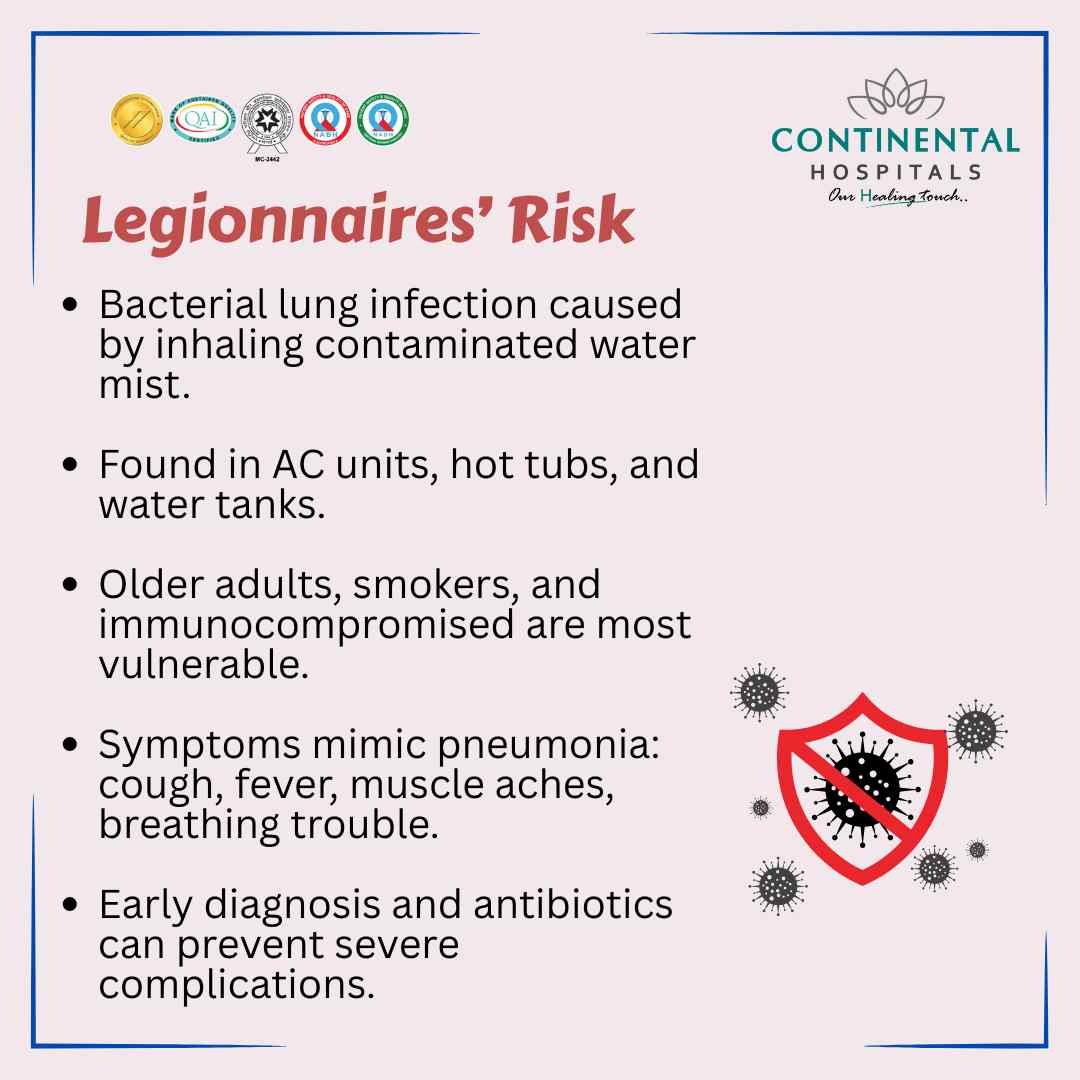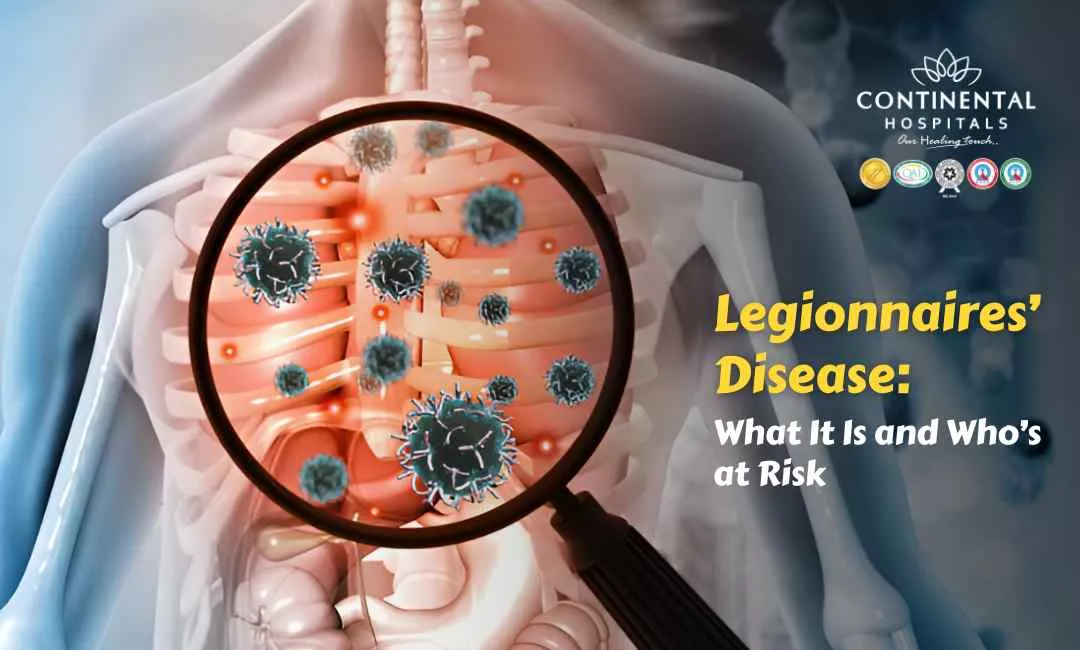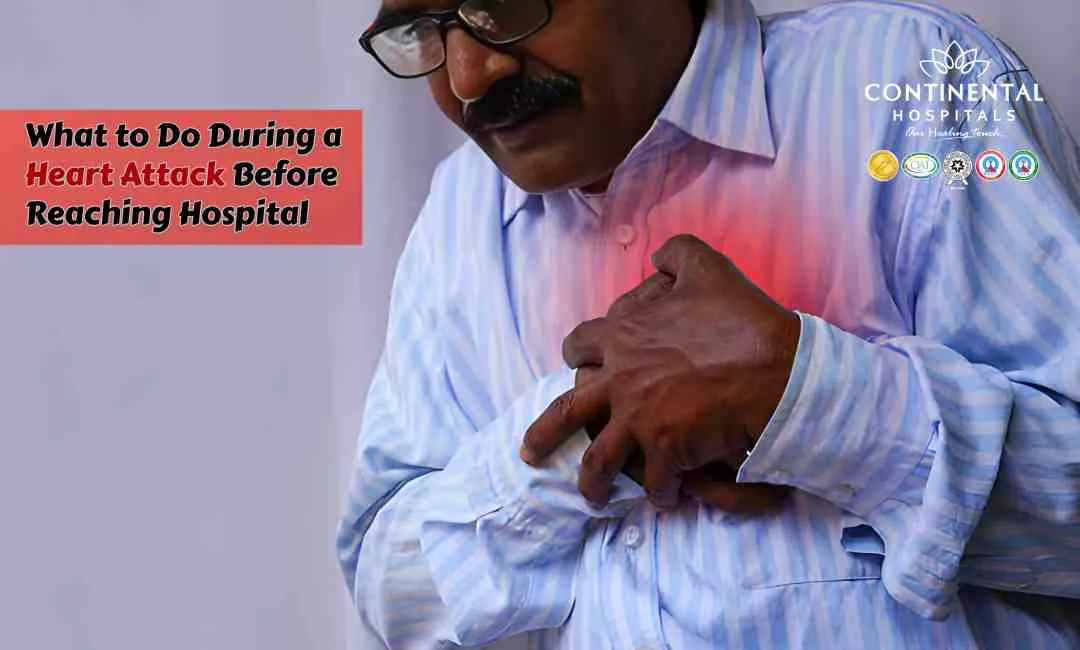Legionnaires’ disease is a serious lung infection caused by Legionella bacteria. While many people haven’t heard of it, this disease can become life-threatening if not caught early. It often looks like regular pneumonia at first—but the cause is very different. Instead of catching it from a sick person, people usually get it from breathing in water droplets contaminated with bacteria.
What is Legionnaires’ Disease?
Legionnaires’ disease is a severe form of pneumonia—a lung infection—that comes from a type of bacteria called Legionella. These bacteria live in freshwater environments like lakes and rivers, but they become dangerous when they spread in man-made water systems.
When people breathe in mist or vapor containing the bacteria, it can travel to the lungs and cause infection. This is not something you catch from another person. It’s a waterborne disease, which means the bacteria come from contaminated water sources.

🥗 Healthy Plate Challenge
🍽 Add Your Favorite Dish
Pick Your 6 favorite foods, eat, and see the results.Drag & drop foods onto your plate.
Drop Food Here
Where Does Legionella Bacteria Come From?
The Legionella bacteria thrive in warm, stagnant water. Once inside a man-made system, they can multiply quickly, especially if the system isn’t well maintained. Common sources include:
- Cooling towers used in large buildings
- Hot tubs that aren’t properly disinfected
- Water tanks and heaters
- Fountains
- Plumbing systems in hospitals, hotels, and large apartments
These systems can generate tiny water droplets (aerosols) that people can breathe in without even noticing. Once inhaled, the bacteria can cause a lung infection from water that turns into Legionnaires’ disease.
Symptoms of Legionnaires’ Disease
At first, it feels a lot like the flu or regular pneumonia, which makes it easy to overlook. But the symptoms can quickly get worse. Common signs include:
- High fever and chills
- Cough, sometimes with mucus or blood
- Shortness of breath
- Chest pain
- Muscle aches
- Headaches
- Fatigue
- Nausea, vomiting, or diarrhea (in some cases)
Symptoms usually appear 2 to 10 days after being exposed to contaminated water. If left untreated, it can lead to serious complications, including respiratory failure, sepsis, or even death in vulnerable patients.
Who’s Most at Risk?
While healthy adults can get Legionnaires’ disease, some groups are far more vulnerable to serious illness:
- Older adults, especially over age 50
- People with chronic lung diseases like COPD or asthma
- Smokers and former smokers
- Those with weakened immune systems, including people undergoing chemotherapy or with organ transplants
- Patients with diabetes, kidney disease, or liver conditions
- Hospitalized individuals, especially those using ventilators
This is why hospitals, nursing homes, and large buildings must be vigilant about water quality. A cooling tower infection can affect dozens of people if proper checks aren't in place.
How is Legionnaires’ Disease Diagnosed?
Doctors typically use a chest X-ray to check for pneumonia and order tests to identify the Legionella bacteria. The most common diagnostic tests include:
- Urine antigen test (to detect Legionella)
- Sputum culture (testing mucus from the lungs)
If caught early, it’s treatable. But fast diagnosis is critical.
What is the Treatment for Legionnaires’ Disease?
Legionnaires’ treatment involves strong antibiotics, usually started immediately even before test results come back. Most patients need to be hospitalized to monitor breathing and organ function.
- People with mild illness may recover with oral antibiotics, but those with severe cases might need oxygen therapy or intensive care.
- Recovery depends on how quickly treatment begins and the patient’s overall health. Early intervention can prevent complications and speed up healing.
Can You Prevent Legionnaires’ Disease?
Yes, but it takes proper water management. Regular cleaning and disinfecting of water systems are essential. Buildings with large plumbing systems, cooling towers, or hot tubs should have a water safety plan in place.
Steps include:
- Routine testing for Legionella bacteria
- Keeping water temperatures out of the ideal growth range (20–50°C)
- Flushing unused plumbing systems
- Using biocides and disinfectants when necessary
Personal protection is limited since you can’t see or smell the contaminated mist. That’s why building maintenance and hospital protocols matter so much in preventing outbreaks.
Is Legionnaires’ Disease a Problem in India?
Yes, although it's underreported. As urban areas expand and buildings get more complex, there’s a growing risk of Legionnaires disease in India, especially during the monsoon or in humid climates.
Improper maintenance of cooling systems in malls, hotels, hospitals, and commercial buildings increases the chances of exposure. Greater awareness and mandatory water safety standards are needed to keep this waterborne disease in check.
Why Choose Continental Hospitals?
At Continental Hospitals, Hyderabad, our commitment to early diagnosis, accurate testing, and evidence-based treatment gives patients a better shot at recovery.
Here’s what sets us apart:
- Advanced diagnostic labs to detect Legionella bacteria quickly
- A team of infectious disease specialists and pulmonologists
- Multidisciplinary care for complications involving the lungs, kidneys, or immune system
- Rigorous infection control protocols across our facility
When it comes to waterborne diseases, early intervention can save lives. Our doctors are trained to recognize the subtle signs that others might miss.
Conclusion: Take It Seriously, Act Early
Legionnaires’ disease may not be a household name, but it’s a dangerous illness that spreads silently through contaminated water systems. If you have pneumonia-like symptoms and you’ve recently been in a hotel, hospital, or building with large water systems, don’t brush it off.
If you’re dealing with persistent fever, cough, or pneumonia symptoms that aren’t improving, consult our best pulmonologist at Continental Hospitals.
.webp)














